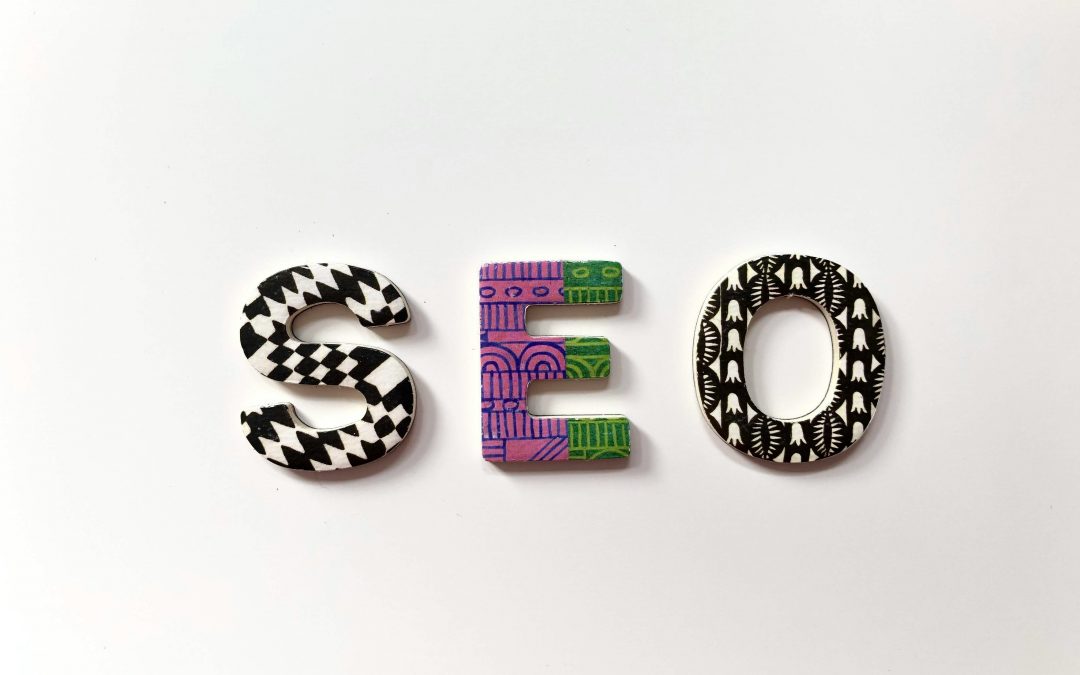BrightEdge’s latest findings suggest that Google’s AI Overviews are taking on a major role in shopping-related searches, particularly from November through early December. The research highlights that AI is now playing a crucial part in the stages of product research and comparison, marking a significant development in how consumers interact with online information during the shopping season.
According to BrightEdge, Google appears to be making very deliberate decisions about where its AI Overviews appear and where they do not. This selective placement shows that Google is strategically integrating AI into the buyer’s journey, especially in moments where users seek clarity and guidance rather than when they are ready to make a purchase.
The data shows that Google’s AI is being prioritised in parts of the shopping process where it adds genuine informational value. This includes helping users compare products, understand key specifications, and make sense of various buying options before committing to a purchase. Essentially, AI Overviews are designed to assist with the thinking phase of shopping rather than the buying phase itself.
BrightEdge’s analysis also notes that Google has only retained around 30% of the AI Overview keywords from its peak data period between 1 September and 15 October 2025. Interestingly, these retained keywords are linked to higher search volumes, showing a shift from 2024 when lower-volume keywords were prioritised. This change indicates a more strategic and selective approach by Google towards AI keyword targeting.
In simpler terms, Google isn’t just scaling back its AI features—it’s focusing them more intelligently. The search giant seems to be emphasising areas where AI can truly enhance the user experience, particularly by providing valuable guidance on high-demand topics that require more explanation or comparison.
BrightEdge also discovered that the visibility of AI Overviews fluctuated significantly over the observed period. At one point, coverage rose from 9% to 26% on 18 September before dropping back again. This pattern suggests Google is continually testing and fine-tuning its AI system to find the right balance between automation and user satisfaction.
Another key insight is the low year-over-year overlap of AI Overview keywords, sitting at just 18%. This “massive reshuffling,” as BrightEdge calls it, signals ongoing experimentation and rapid evolution. It shows that marketers and brands must stay adaptable, as stability is not guaranteed when it comes to how AI interacts with search results.
The data also paints a clearer picture of how AI fits into the shopper’s intent. Google’s AI Overviews tend to appear most frequently in research-based searches such as “best TV for gaming” or evaluation searches like “Samsung vs LG.” However, AI becomes less visible when users move closer to purchase intent with queries such as “Samsung S95C price.”
This pattern shows that AI Overviews act more as an educational layer than a transactional one. When users are ready to make a buying decision, Google intentionally steps back and lets traditional search results take the lead. This suggests that AI’s role in the shopping journey is to inform, compare, and guide—rather than to sell.
Not all product categories benefit equally from AI Overviews, though. BrightEdge found that AI is more useful in areas where shoppers rely on explanations and comparisons, such as groceries, home entertainment, and small appliances. In contrast, categories like furniture and home décor—where browsing tends to be more visual—showed much lower levels of AI integration.
The distinction suggests that Google’s system is tuned to appear only in categories where text-based content can genuinely add value to the shopping experience. If users are more influenced by visuals than text, AI simply takes a step back, avoiding unnecessary clutter in the results.
BrightEdge also revealed that around one-quarter of retained AI Overview queries are evaluation or comparison-based, using phrases such as “best [product]” or “X vs Y.” These search types are where users seek understanding and guidance. On the other hand, keywords that directly relate to buying actions—like “price,” “deal,” or “buy”—are excluded from AI visibility.
The research also suggests that seasonal shopping trends have a major influence on AI’s activity. November marks the beginning of research-heavy searches, followed by comparison and evaluation in early December, and culminating in purchases later in the month. This means AI is most active at the start of the festive shopping season, when consumers are still exploring their options.
For brands and marketers, this offers a valuable window of opportunity. Businesses should focus their content strategies on the stages where AI Overviews are most active—particularly in November and early December. This means ensuring that comparison and review content is well-optimised, easily indexable, and visible to Google’s AI before the final rush of December purchases begins.
In summary, BrightEdge’s findings reveal that while Google’s AI Overviews may appear unpredictable, they actually follow a consistent pattern. AI plays a strong role in educating and guiding shoppers during the research phase, then gradually steps aside as users approach the checkout. Brands that align their SEO strategies with these insights can make the most of AI-driven visibility during the moments that matter most.
More Digital Marketing BLOGS here:
Local SEO 2024 – How To Get More Local Business Calls
3 Strategies To Grow Your Business
Is Google Effective for Lead Generation?
How To Get More Customers On Facebook Without Spending Money
How Do I Get Clients Fast On Facebook?
How Do You Use Retargeting In Marketing?
How To Get Clients From Facebook Groups
